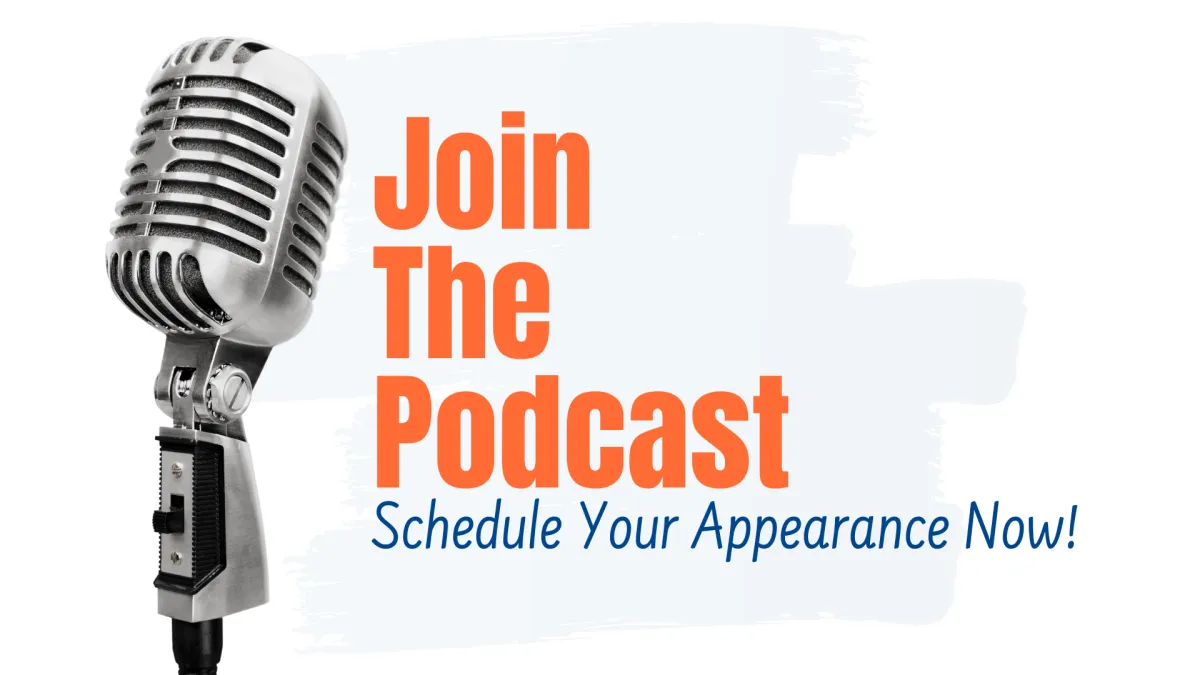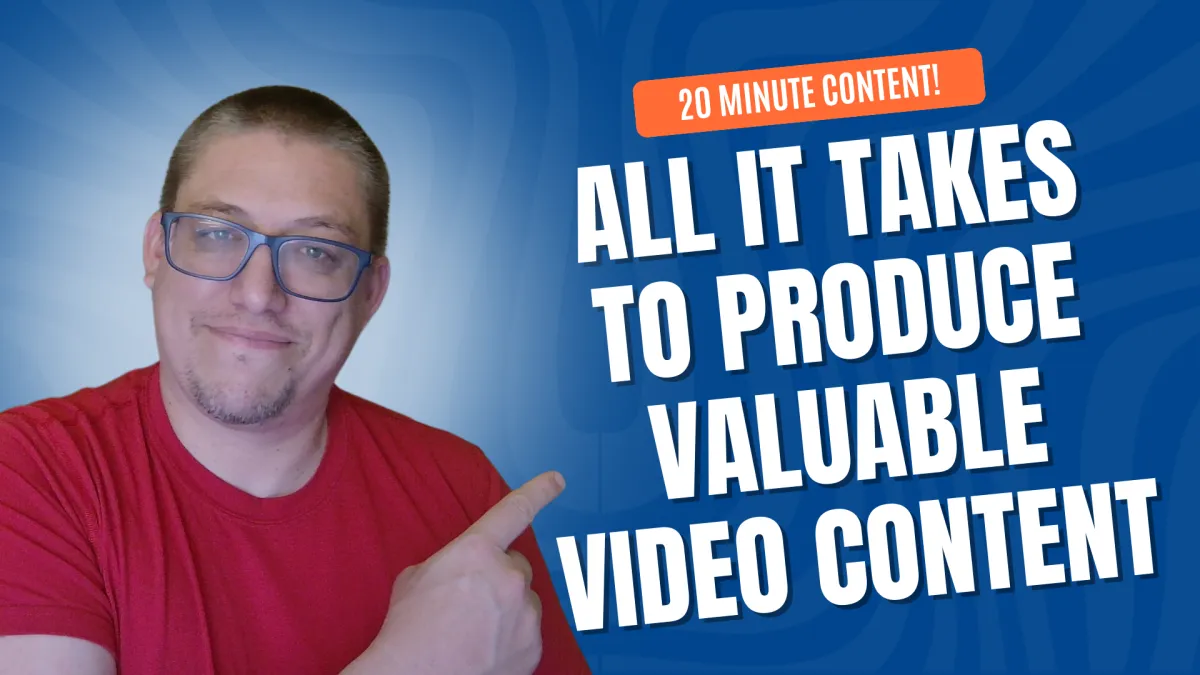
What Makes Marketing Changes Successfully Stick?
You get a brilliant marketing idea for your business. Maybe it's a new AI-powered CRM, a different social media strategy, or a new way to generate qualified leads. You feel that jolt of excitement, you announce the change to your team, and for a week, everything seems great.Then, slowly, people drift back to their old habits and you can't help but beg to know what makes marketing changes successfully stick?
The new software sits unused, the old social media posts reappear, and the exciting new change strategy becomes just another good idea that didn't work. It's frustrating, and you feel like you are leaving money on the table. You just can't help but wonder, what makes marketing changes successfully stick?
You invest time, money, and energy into these improvements, only to see them fade away. The good news is that making organizational change last is about having the right approach from the beginning.
Unlock your potential with AI-powered solutions tailored to your real estate needs. Save time, grow faster, and work smarter. Schedule your discovery session now at lesix.agency/discovery.
It Starts With Why, Not What
Too often, business leaders get excited about the "what." We focus on the new software, the new platform, or the process change. But your team doesn't care about the "what" as much as you do.
They care about how it impacts them and their work. This is where the concept of "why" becomes so important. Before you even think about rolling out a change, you need a solid, compelling reason for it.
Why are we changing our email marketing system? It's not because the new one has more features. It's because it will help us use customer insights to build deeper relationships and save each team member two hours per week. People need to connect with the purpose behind the change to support change.
Get Your Team On Board From Day One

A huge mistake is developing a new marketing strategy in isolation and then presenting it to your team. People naturally resist things that are forced upon them. The feeling of not having a say can kill even the best ideas.
You need to involve employees in the new marketing plan from the very start. Ask your team members for their input. What are their biggest challenges with the current system? What do they think would reduce work or make their jobs easier?
Making them part of the change management process gives them a sense of ownership. This doesn't mean you have to run your business like a full democracy. But creating forums for discussion with key stakeholders shows that you respect their experience and helps you address concerns early.
What Makes Marketing Changes Successfully Stick? A Practical Framework
Ideas and buy-in are great, but you need a plan to turn them into reality. Without a clear structure, enthusiasm quickly fizzles out. A solid framework provides the roadmap everyone can follow to drive change.
Step 1: Set Crystal Clear Goals
"We need to do better with video marketing" is not a goal. It's a wish. For change to happen and stick, your goals must be incredibly specific and measurable.
You've probably heard of SMART goals, and they are popular for a reason—they work. A better goal would be, "We will increase our client testimonials via video by 50% in the next quarter to improve our social proof and drive more inbound leads." Everyone on the team knows exactly what success looks like.
They know the key metrics and the timeline. This clarity eliminates confusion and makes it easy to track progress toward your business objectives. A clear set of goals is a powerful motivator for any change program.
Step 2: Create a Realistic Action Plan
Once you have your clear goal, you need to break it down into small, manageable pieces. A big transformation effort can feel overwhelming, leading to procrastination. By creating a step-by-step action plan, you make the process much less intimidating.
For the video testimonial goal, your action plan might look something like this. This detailed plan is a core part of any successful change initiative. It ensures every team member knows their role.

Each small step is a mini-win that helps in sustaining momentum. It makes the overall goal feel achievable. Also, assign ownership for each step so there's clear accountability among team members.
Step 3: Provide the Right Tools and Training
You can't expect your team to adopt a new way of working without giving them the right resources. If your new marketing campaign involves a new AI-powered ad platform, you must provide proper training on how to use it. Human resources can often help coordinate these efforts.
Simply sending a link to the software's help section is not enough. Schedule dedicated training sessions so people can learn skills necessary for the job. Create easy-to-follow guides or videos that people can reference later.
Designating a "champion" on the team who becomes the expert can also provide a go-to person for questions. Investing in training shows your team that you're invested in their success. It removes one of the biggest barriers to adoption: fear of the unknown.
Step 4: Celebrate the Small Victories
Change is hard work, and it's easy for people to lose steam, especially during long transformation programs. That's why acknowledging progress is so critical. You need to look for and celebrate the small wins along the way.
Did an agent get their first video testimonial? Give them a shout-out in the team's group chat or at the next meeting. Did the sales team collectively hit the first monthly milestone? Maybe buy lunch for everyone.
These small acts of recognition keep morale high. They show people that their efforts are noticed and valued. This positive reinforcement encourages everyone to keep pushing forward, making organizational change stick.
Step 5: Measure, Analyze, and Adjust
Your initial business plan is just a starting point. Once you implement change, you need to be constantly monitoring what's happening. Are you on track to hit your revenue goals?
Use data to guide your decisions. If your new blog strategy isn't driving traffic, look at the analytics. Maybe the topics aren't right, or the promotion strategy needs tweaking by the marketing team.
The key is to be agile. Don't be afraid to adjust your plan based on real-world feedback and results. The ability to adapt is what separates changes that stick from those that wither and die.
Common Roadblocks and How to Sidestep Them
Even with the best plan, you'll run into challenges. Being aware of the change impact ahead of time can help you prepare. This is a fundamental part of making organizational change successful.
Resistance to change is almost guaranteed. Some people are just comfortable with the way things are. Don't dismiss their concerns. Instead, listen and frame the behavioral change in terms of the benefits to them personally.
A lack of resources is another common killer of change. Not allocating enough time or money is a top reason for failure. When you plan a change, you have to budget for the training, the new tools, and the time it takes people to get up to speed.
Finally, the leadership team has to be consistent. If you, as a leader, are championing a new AI system but still use your old spreadsheets, you send a mixed message. Your team looks to change leaders to see what's really important.
The Role of AI in Making Changes Stick
As a professional looking to drive growth, AI can be a powerful ally in making your marketing changes permanent. It's not just another change to manage; it can be the engine that makes other changes easier. AI can significantly help drive adoption of new processes.
For instance, AI can simplify measurement. Many AI platforms have built-in analytics that make it easy to see what's working. This gives you quick feedback so you can adjust your strategy on the fly.
AI can also reduce friction and encourage behavior change. Let's say you want your team to adopt a new content marketing strategy. An AI writing assistant can help them create blog posts and property descriptions in a fraction of the time. This makes the new process easier than the old one, which dramatically increases adoption rates.
Conclusion
So, what makes marketing changes successfully stick? It is not about a single action but a combination of thoughtful strategy and human understanding. The journey begins with a powerful "why" that gets everyone excited about the change initiative.
It requires involving your team from the very start, giving them a voice and a sense of ownership in the change management process. Following a practical framework of setting clear goals, creating an action plan, providing support, celebrating wins, and staying flexible is crucial for sustaining change.
Finally, anticipating roadblocks and using tools like AI can help smooth the path. When you put these pieces together, you create an environment where positive change doesn't just happen, it lasts. You'll stop wondering why initiatives fail and start seeing the revenue growth you planned for.
Ready to take your real estate success to the next level? Schedule your discovery session today at lesix.agency/discovery. Stay ahead with tips and insights—subscribe to our newsletter at lesix.agency/newsletter.






